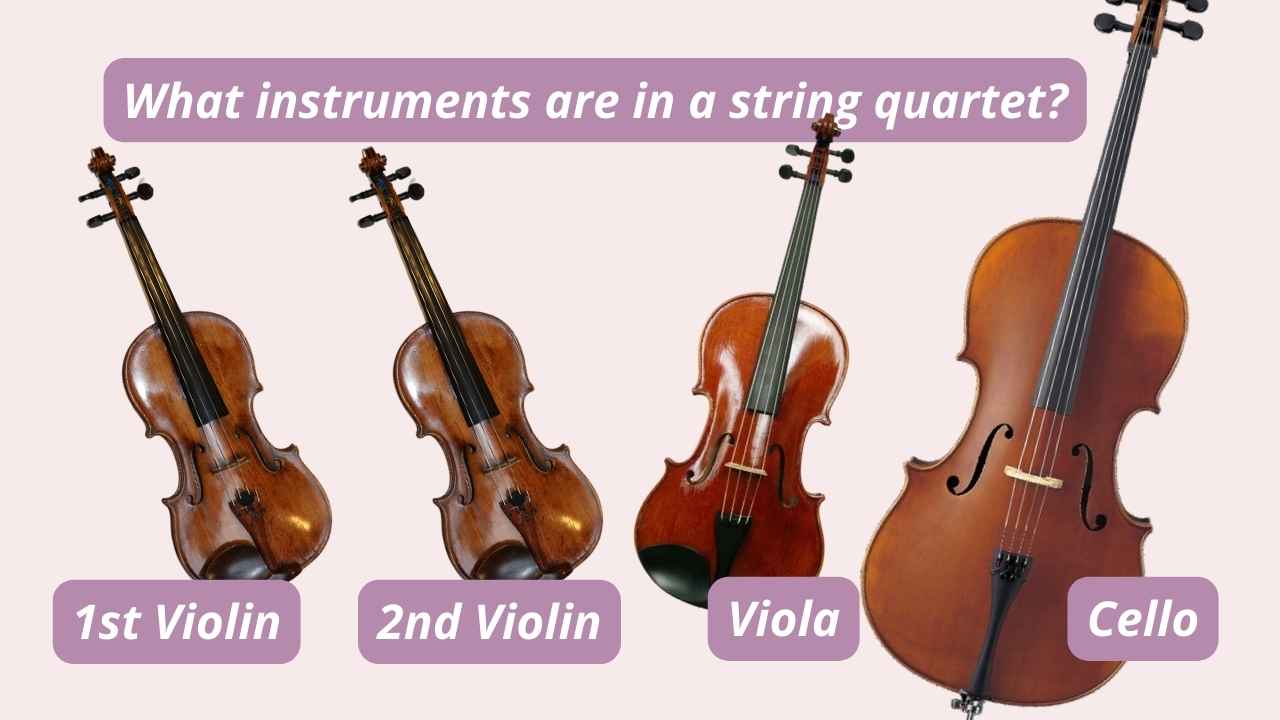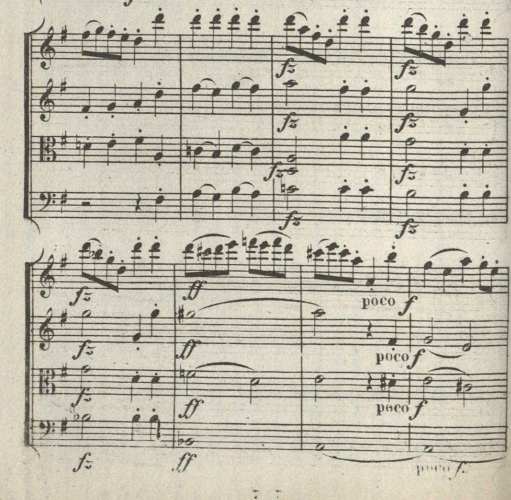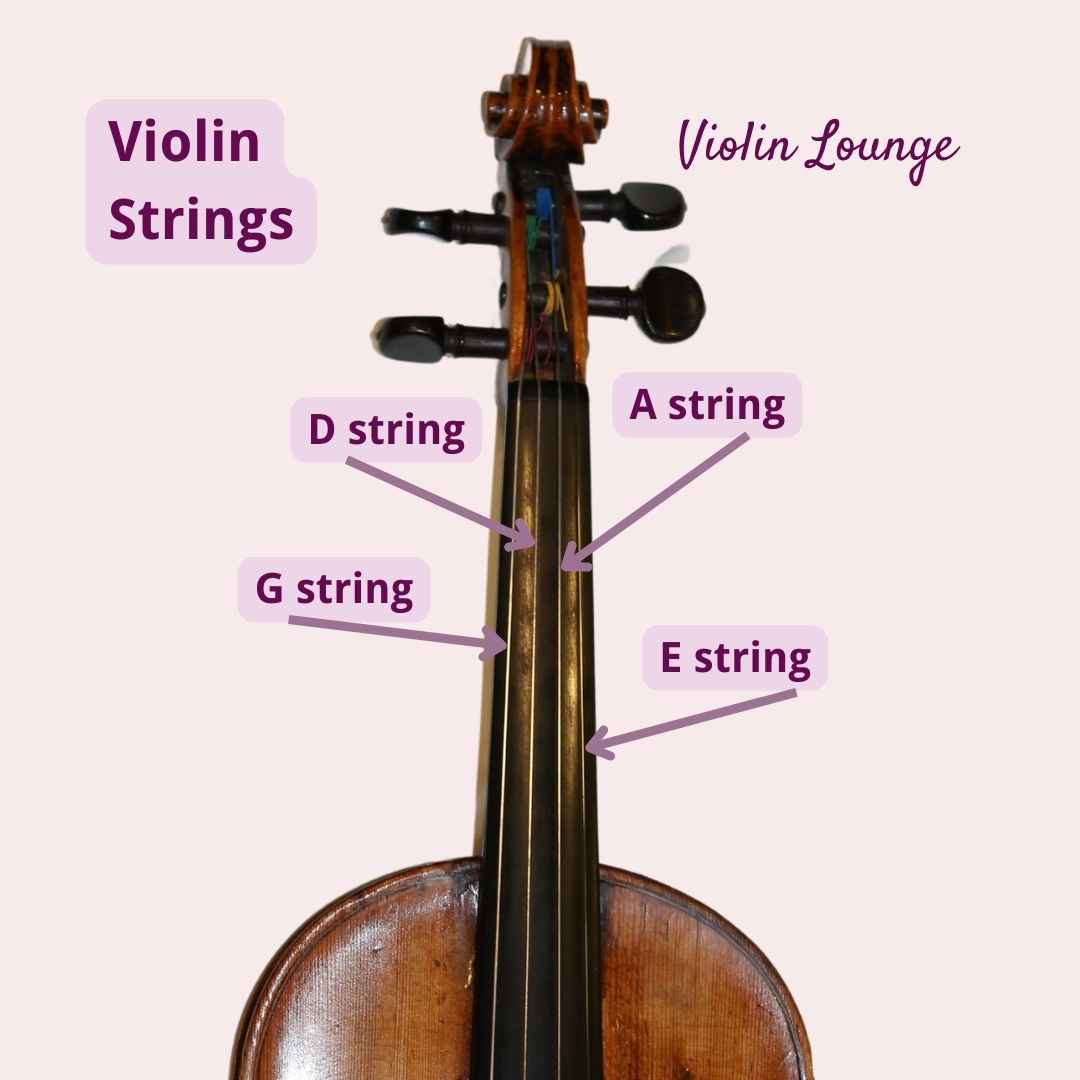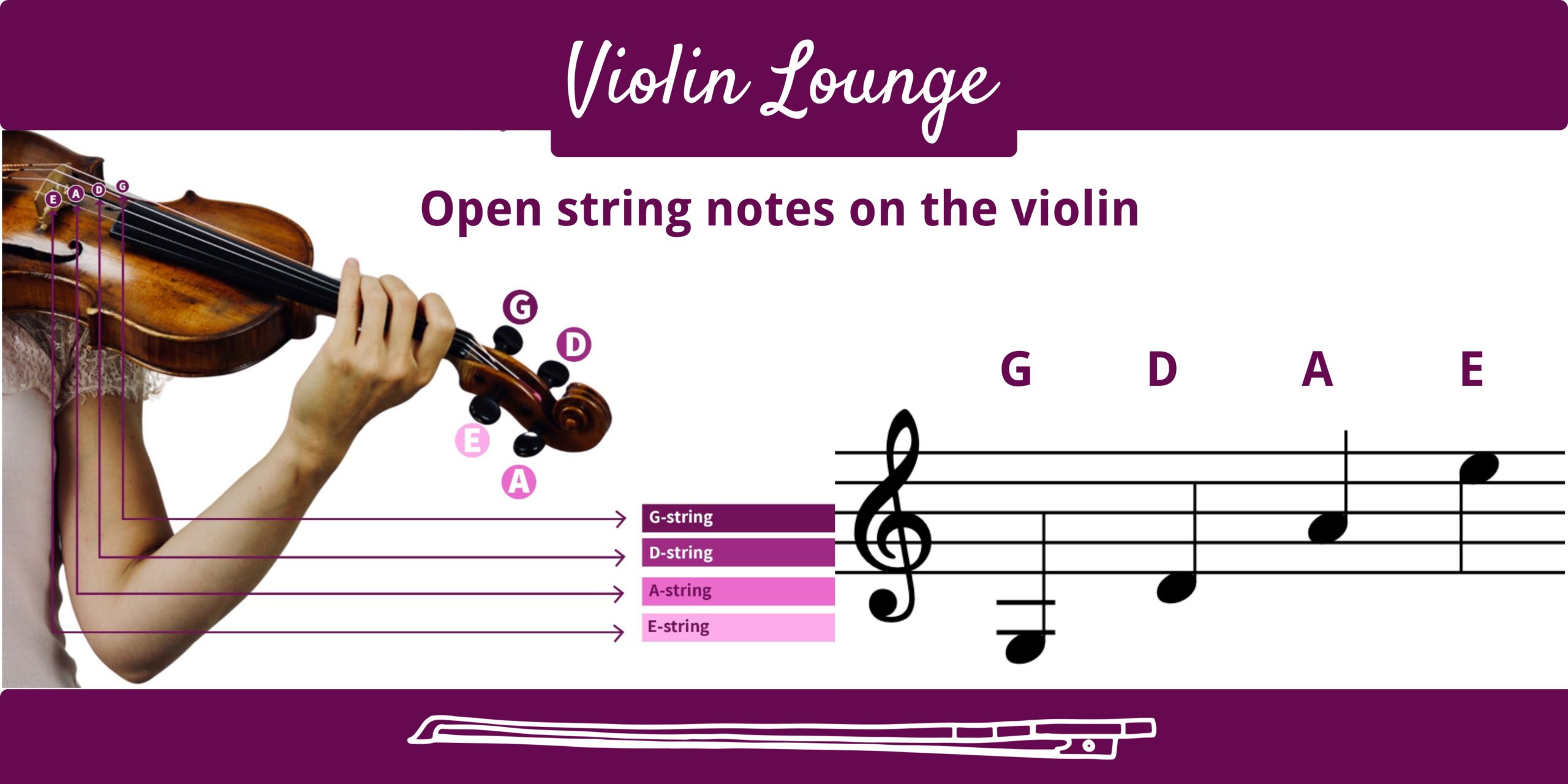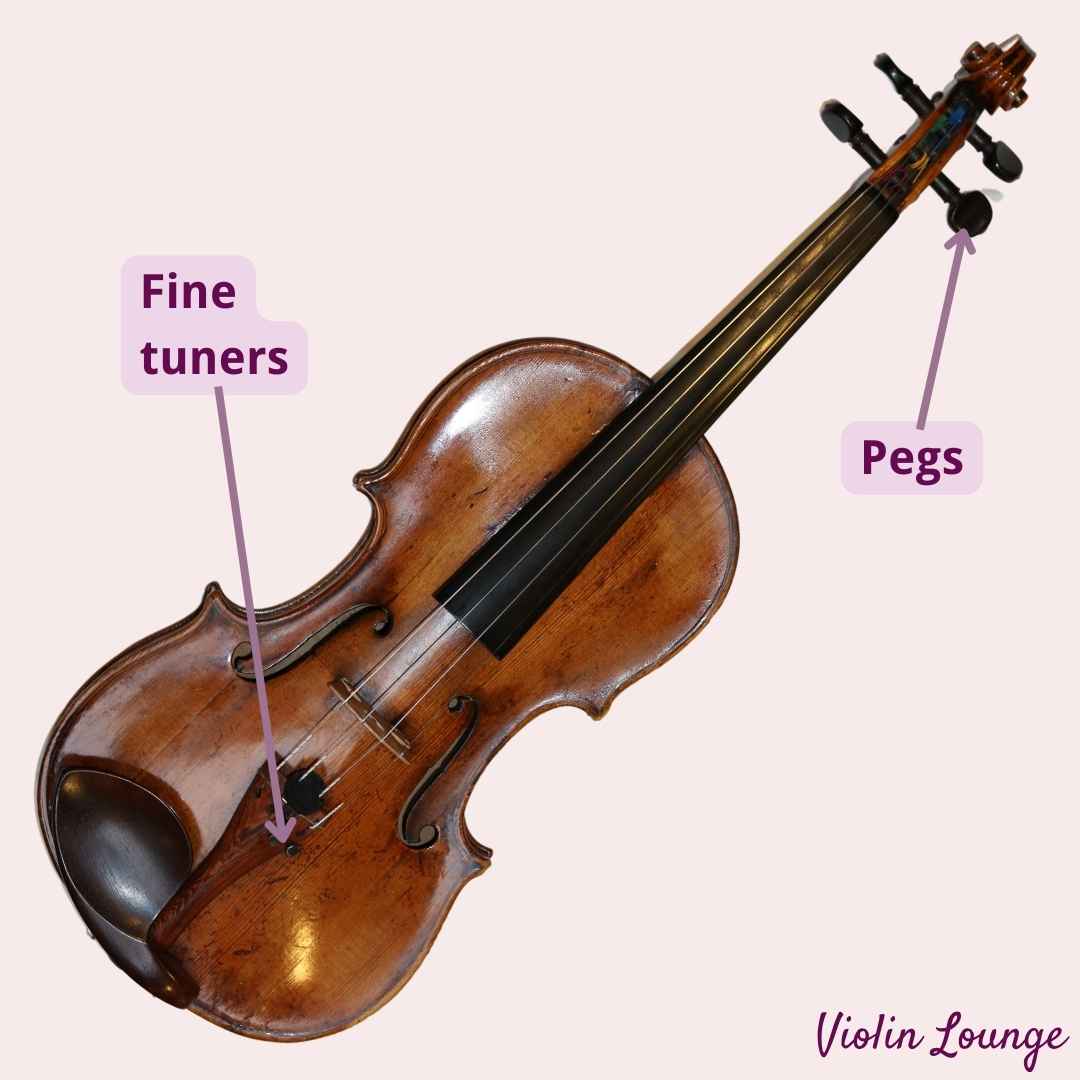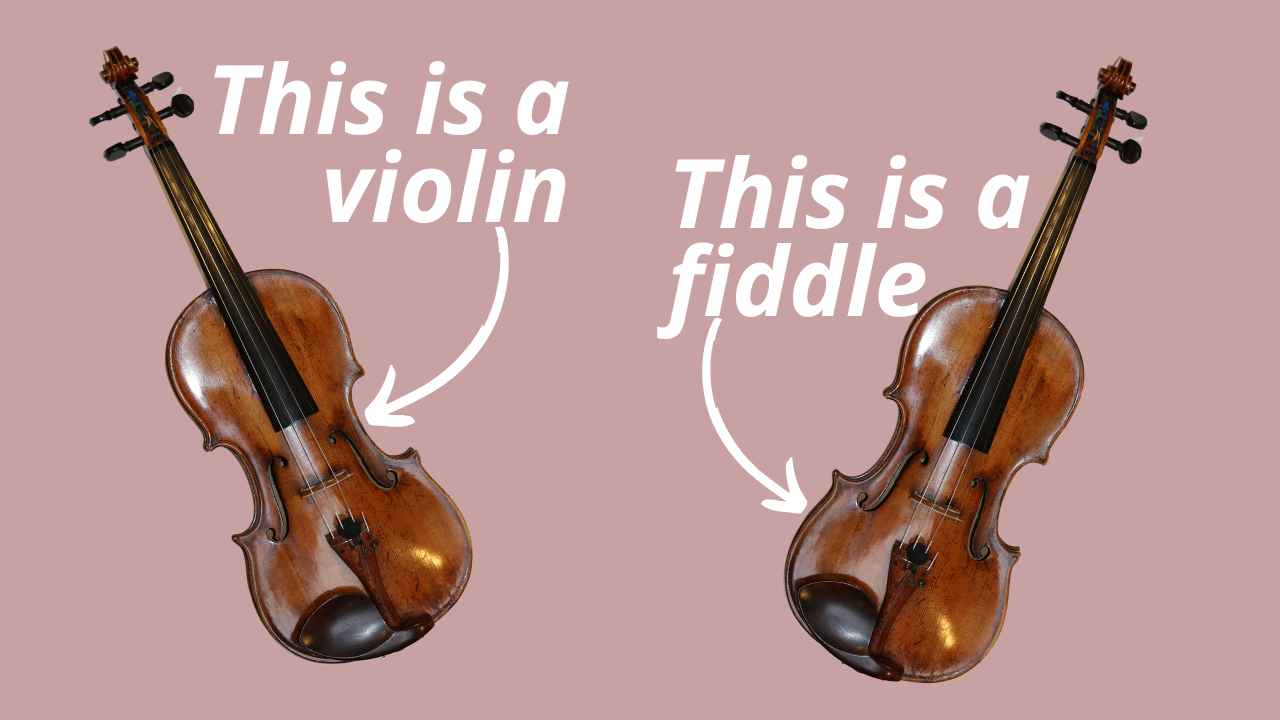20 Best String Quartets of All Time
Discover the Pinnacles of Classical Music
String quartets have long been revered as a pinnacle of chamber music, offering composers a versatile medium to explore a wide range of emotions and ideas.
“There are four intelligent persons conversing. You listen to each one and understand them all.” – Joseph Haydn
“In the string quartet, I found a perfect medium for exploring complex musical ideas and intimate emotions.” – Béla Bartók
“The string quartet is a miniature orchestra in itself, each instrument a vital voice in the ensemble.” – Igor Stravinsky
The string quartet emerged in the classical era and is an ensemble of four musicians: two violinist (first and second), a violist and a cellist. Read more about the instruments and history in my beginner’s guide to string quartets right here.
Top 20 String Quartet Music
Here is a selection of the top 20 string quartets, each accompanied by a brief introduction highlighting what makes them special and a listening tip. Enjoy!
Note that (of course) it’s highly arbitrary which string quartet ‘ranks’ higher than the other. The main purpose of this article is to introduce twenty very special and important string quartets to an audience that might not know them yet.
#1 Ludwig van Beethoven – String Quartet No. 14 in C-sharp minor, Op. 131
Beethoven’s Op. 131 is often hailed as one of his most profound works. Composed during his late period, it features seven interconnected movements that flow seamlessly into each other. The quartet is a testament to Beethoven’s innovative spirit and emotional depth, exploring a range of moods from serene to turbulent. Its structure and expressiveness have influenced countless composers and remain a benchmark in the quartet repertoire.
#2 Claude Debussy – String Quartet in G minor, Op. 10
Debussy’s only string quartet marks a significant shift from traditional forms to a more impressionistic style. The piece is characterized by its use of modal scales, unconventional harmonies, and innovative textures. The first movement introduces a theme that recurs throughout, creating a sense of unity. The quartet is a landmark in the transition to modern music, exploring color and atmosphere over strict form.
#3 Béla Bartók – String Quartet No. 4
Bartók’s Fourth Quartet is a pinnacle of 20th-century music, known for its use of folk elements and advanced techniques. The five-movement work follows an arch form, with the first and last movements mirroring each other. It includes Bartók’s signature “night music” style, evoking mysterious and eerie sounds. This quartet is celebrated for its rhythmic complexity, innovative structures, and emotional intensity.
#4 Antonín Dvořák – String Quartet No. 12 in F major, Op. 96 “American”
Composed during Dvořák’s time in the United States, the “American” Quartet is infused with the sounds and rhythms of American folk music. It features a pentatonic scale and syncopated rhythms, which give it a distinctly American flavor. The quartet is also notable for its melodic richness and joyful character, capturing Dvořák’s fascination with the New World and its musical traditions.
#5 Dmitri Shostakovich – String Quartet No. 8 in C minor, Op. 110
Shostakovich’s Eighth Quartet is a deeply personal and autobiographical work. It is dedicated to the ‘victims of fascism and war’, and its somber tone reflects the political turmoil of the time. He wrote it just after reluctantly joining the Communist Part and likely it’s more about totalitarianism in general. The quartet is structured around the composer’s musical monogram, D-S-C-H, and includes quotations from his previous works. Its stark and haunting character makes it one of the most powerful quartets of the 20th century.
#6 Joseph Haydn – String Quartet in C major, Op. 76, No. 3 “Emperor”
Known as the “Emperor” Quartet, this work by Haydn features the famous “Kaiserhymne” in its second movement, which later became the German national anthem. The quartet is a perfect example of Haydn’s mature style, blending elegance with innovation. It showcases his mastery of the classical form, with a lively interplay between the instruments and a sense of wit and charm.
#7 Ludwig van Beethoven – String Quartet No. 9 in C major, Op. 59, No. 3 “Rasumovsky”
This quartet, part of the “Rasumovsky” set, showcases Beethoven’s skill in blending classical form with bold new ideas. The work is notable for its rich textures and the use of a Russian theme, reflecting Count Rasumovsky’s heritage. The final movement features an exuberant fugue, demonstrating Beethoven’s mastery of counterpoint and providing a thrilling conclusion to the piece.
#8 Felix Mendelssohn – String Quartet No. 2 in A minor, Op. 13
Mendelssohn’s Second Quartet, composed at the age of 18, is a remarkable work that combines youthful energy with sophisticated craftsmanship. The quartet is influenced by Beethoven’s late quartets and features a cyclic structure, where themes from the opening movement reappear in later movements. It is notable for its lyrical beauty and the passionate expression of Romantic ideals.
#9 Alexander Borodin – String Quartet No. 2 in D major
Borodin’s Second Quartet is celebrated for its lyrical and melodic richness. The third movement, “Notturno,” is particularly famous for its beautiful, singing lines, often performed separately as a stand-alone piece. The quartet as a whole is imbued with warmth and a sense of nationalistic pride, reflecting Borodin’s Russian heritage. It remains a beloved work in the chamber music repertoire.
#10 Sergei Prokofiev – String Quartet No. 2 in F major, Op. 92
Composed during Prokofiev’s time in the Caucasus, this quartet integrates folk themes from the region. The work is characterized by its vibrant energy and rhythmic vitality, showcasing Prokofiev’s talent for blending traditional elements with his modernist style. The use of folk material adds a distinctive flavor to the quartet, making it both accessible and complex.
#11 Franz Schubert – String Quartet No. 14 in D minor, D. 810 “Death and the Maiden”
Schubert’s “Death and the Maiden” Quartet is one of his most dramatic and intense works. The piece is named after the theme from Schubert’s own song, which is used in the second movement. The quartet explores themes of mortality and the struggle between life and death, with powerful contrasts and expressive melodies. It is a cornerstone of the Romantic quartet repertoire.
#12 Maurice Ravel – String Quartet in F major
Ravel’s only string quartet is a masterwork of the Impressionist era, known for its clarity of form and richness of color. The piece is notable for its use of modal harmonies, complex rhythms, and a seamless blend of contrasting themes. Ravel’s meticulous attention to detail and orchestral approach to the quartet make this work a favorite among performers and listeners alike.
#13 Bedřich Smetana – String Quartet No. 1 in E minor, “From My Life”
Smetana’s autobiographical quartet reflects his personal experiences and emotions, including his struggle with deafness. The piece is deeply expressive, with each movement depicting different aspects of his life. The famous high-pitched note in the first violin represents the tinnitus that heralded his hearing loss. This quartet is a powerful narrative of personal triumph and tragedy.
#14 Leoš Janáček – String Quartet No. 1 “Kreutzer Sonata”
Inspired by Tolstoy’s novella of the same name, Janáček’s “Kreutzer Sonata” is a dramatic and passionate work. The quartet captures the intense emotions of the story, from love and jealousy to despair and violence. Janáček’s use of speech-like rhythms and vivid musical imagery makes this quartet a unique and compelling piece in the 20th-century repertoire.
#15 Dmitri Shostakovich – String Quartet No. 15 in E-flat minor, Op. 144
Shostakovich’s final quartet is a contemplative and introspective work, consisting of six slow movements. The piece is marked by its sparse textures and haunting atmosphere, reflecting the composer’s thoughts on mortality and the human condition. It is a profound and meditative work, offering a quiet but powerful conclusion to Shostakovich’s quartet cycle.
#16 Béla Bartók – String Quartet No. 5
Bartók’s Fifth Quartet continues his exploration of folk music and modernist techniques. The work is structured in an arch form, with symmetrical movements that mirror each other. It features complex rhythms, dissonant harmonies, and a wide range of tonal colors. This quartet is a testament to Bartók’s innovative approach to the string quartet form.
#17 Franz Joseph Haydn – String Quartet in D minor, Op. 76, No. 2 “Fifths”
The “Fifths” Quartet, named for the interval prominently featured in the first movement, is one of Haydn’s most popular works. It is notable for its dramatic contrasts, inventive use of counterpoint, and the lively humor characteristic of Haydn’s style. The quartet showcases Haydn’s mastery of the genre and his ability to infuse classical forms with freshness and energy.
#18 Leoš Janáček – String Quartet No. 2 “Intimate Letters”
Janáček’s second quartet is based on the passionate correspondence between the composer and his muse, Kamila Stösslová. The music reflects the emotional intensity and intimate nature of their relationship, with vivid and expressive melodies. The quartet is known for its unconventional structure and use of speech-like rhythms, making it one of the most personal and unique works in the quartet literature.
#19 Johannes Brahms – String Quartet No. 1 in C minor, Op. 51, No. 1
Brahms’ First String Quartet is a masterful example of his mature style, characterized by intricate counterpoint and rich harmonic language. The quartet is known for its emotional intensity and structural complexity, with a thematic unity that ties the movements together. Brahms’ use of the Hungarian gypsy scale in the finale adds a distinctive flavor, making this piece a cornerstone of the Romantic string quartet repertoire.
#20 Alban Berg – String Quartet, Op. 3
Berg’s early string quartet is a significant work in the Second Viennese School tradition. It combines a tonal language with the twelve-tone technique, resulting in a work that is both lyrical and structurally complex. The quartet is noted for its emotional intensity and the use of motifs that create a sense of unity throughout the piece. Berg’s quartet is an essential work in the transition to modernist music.

Hi! I'm Zlata
Classical violinist helping you overcome technical struggles and play with feeling by improving your bow technique.
Bonus: Johann Pachelbel – Canon in D
When you mention string quartet, certainly in a wedding music context, the first piece of music that comes to mind to lots of people is the Canon in D by Pachelbel. Although not originally a string quartet, Pachelbel’s Canon in D has been arranged for string quartet and remains immensely popular. Its serene and repetitive structure creates a soothing, timeless quality, making it a favorite for weddings and classical music lovers. A lot of cellists instantly start yawning when you mention this piece as they have to play the same couple of bars many many times.
Closing notes 🎵
These twenty string quartets showcase the rich diversity and evolution of the genre, from classical elegance and romantic expressiveness to modernist innovation and emotional depth. Each piece offers a unique window into the composer’s artistic vision and the historical context in which it was created.
What is your favorite string quartet? Leave a comment!

